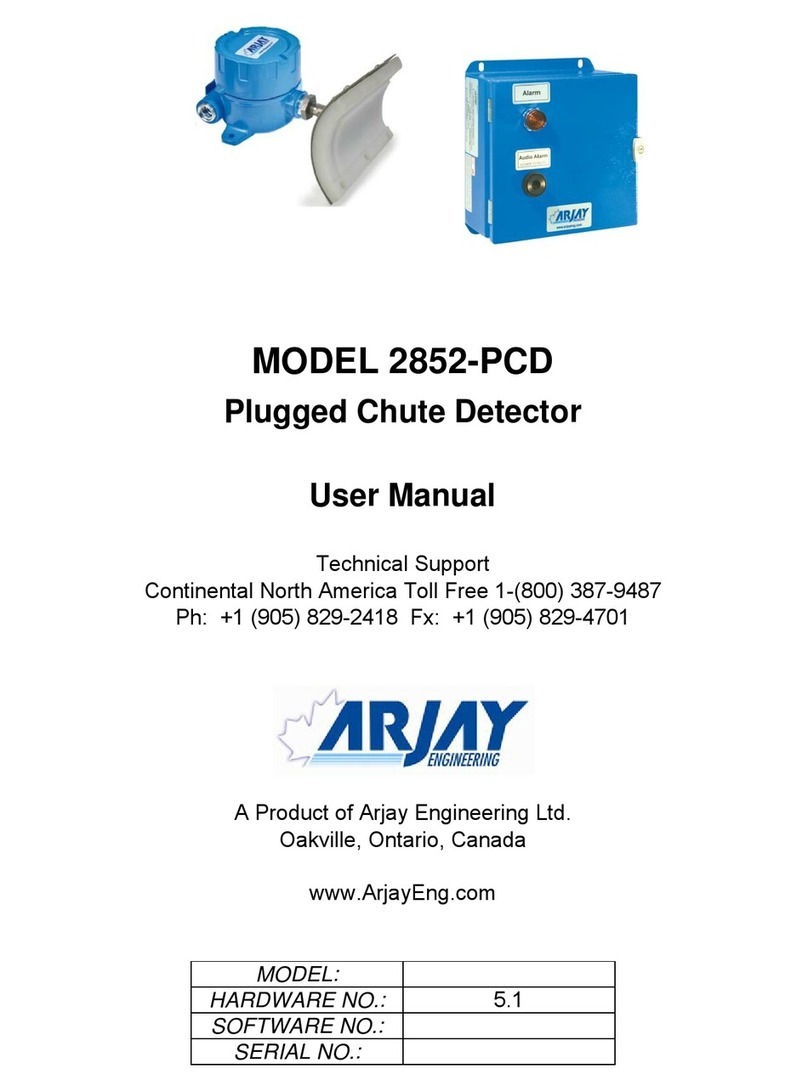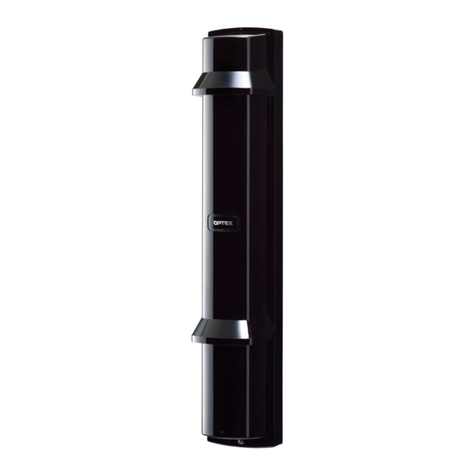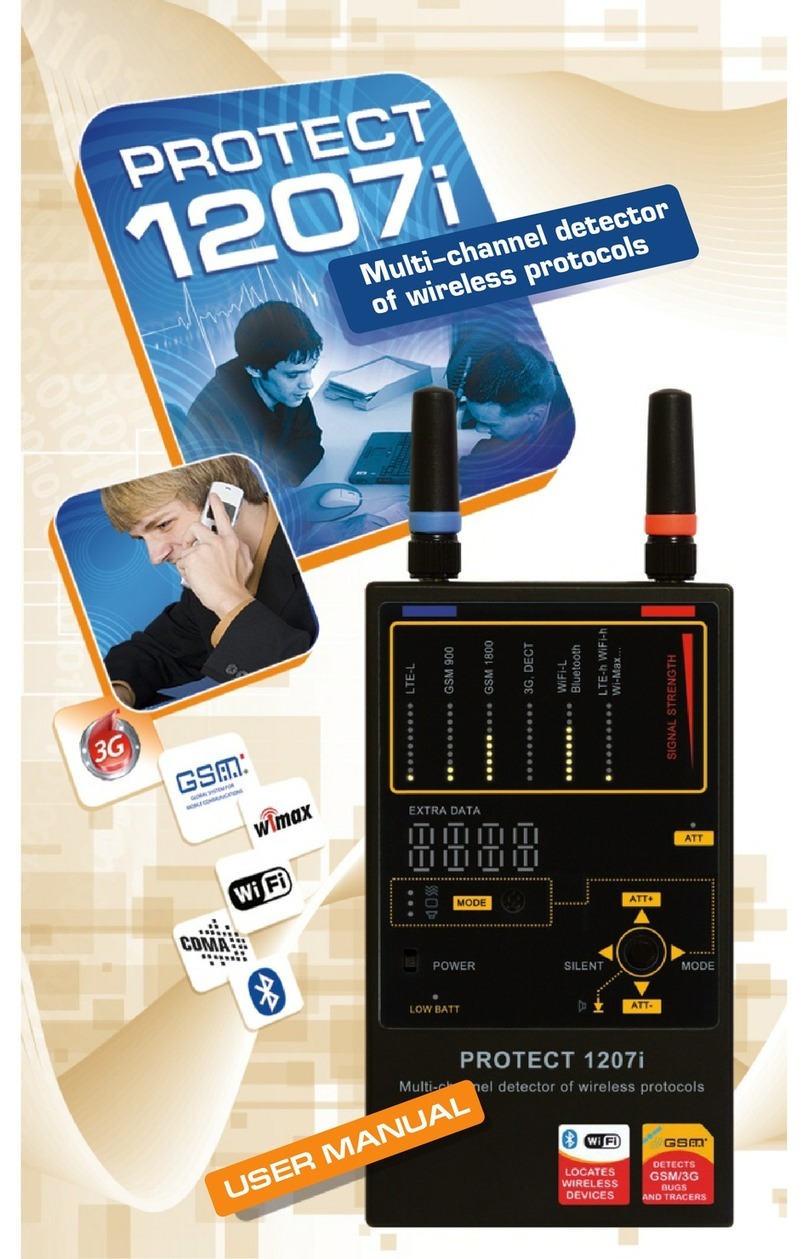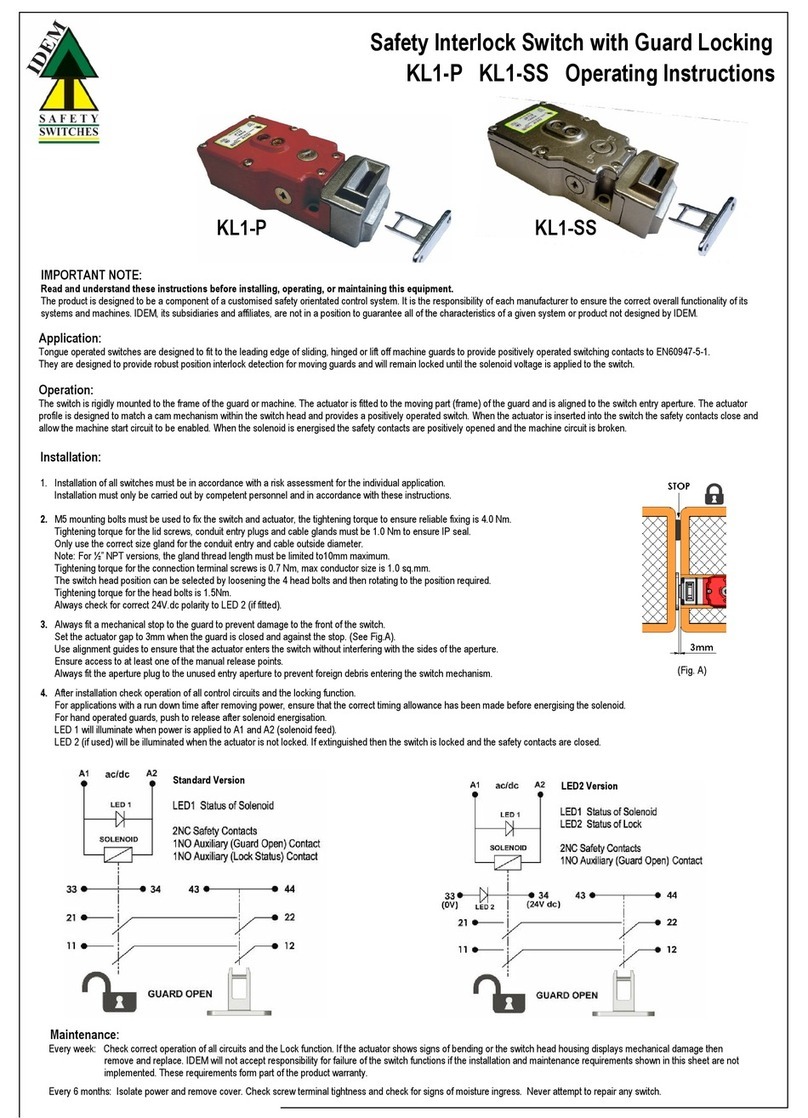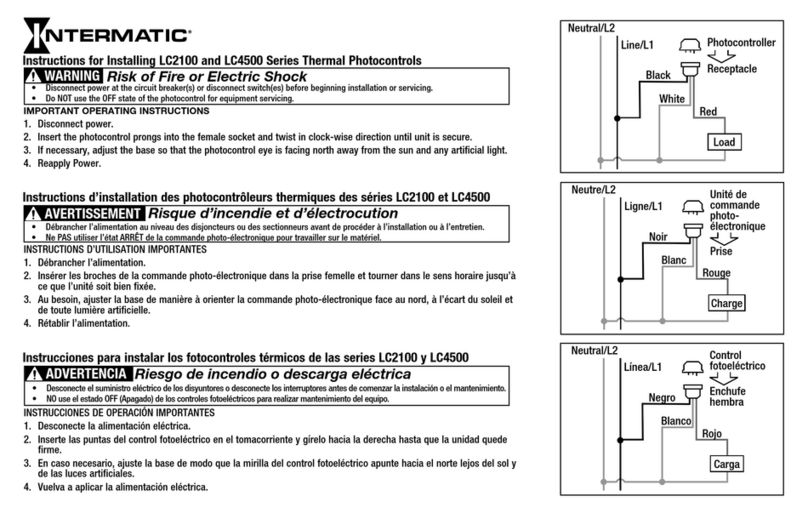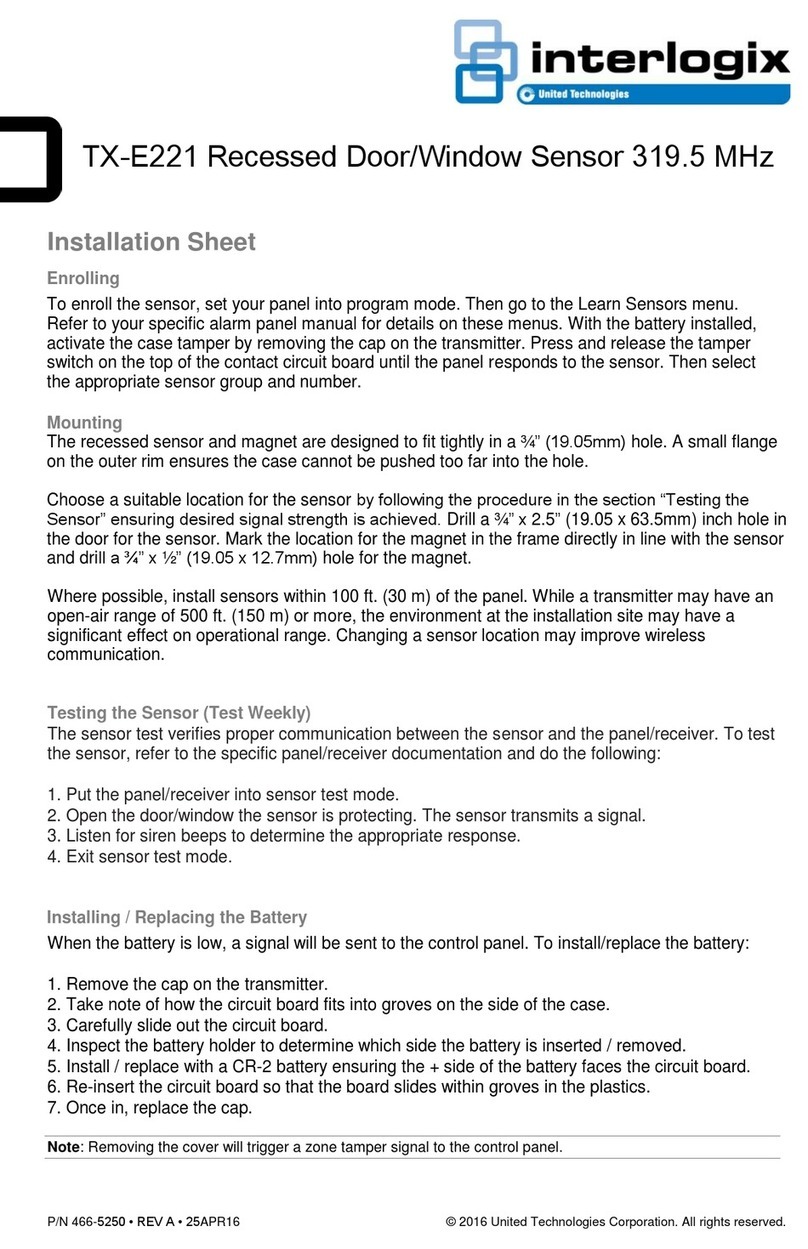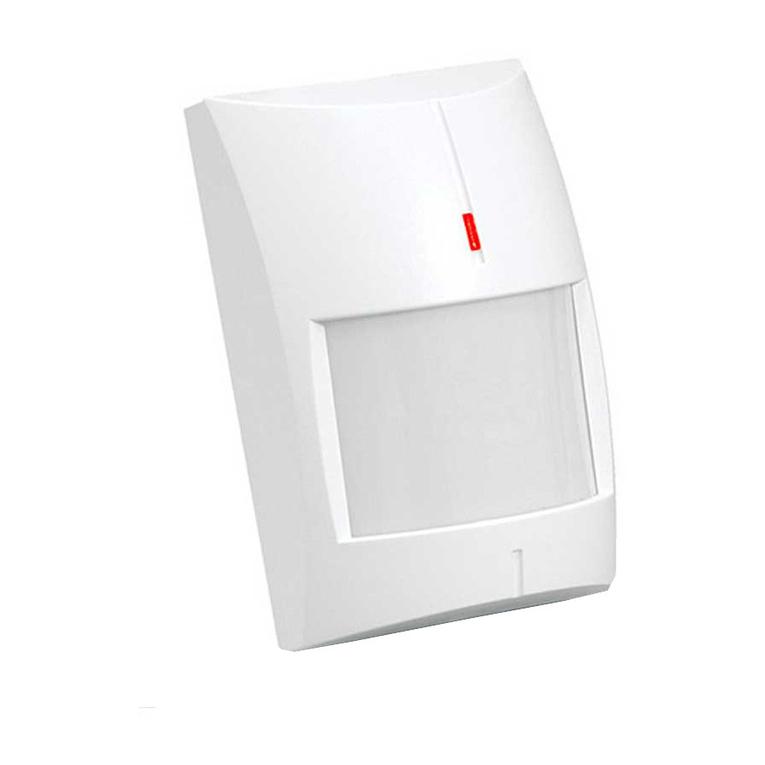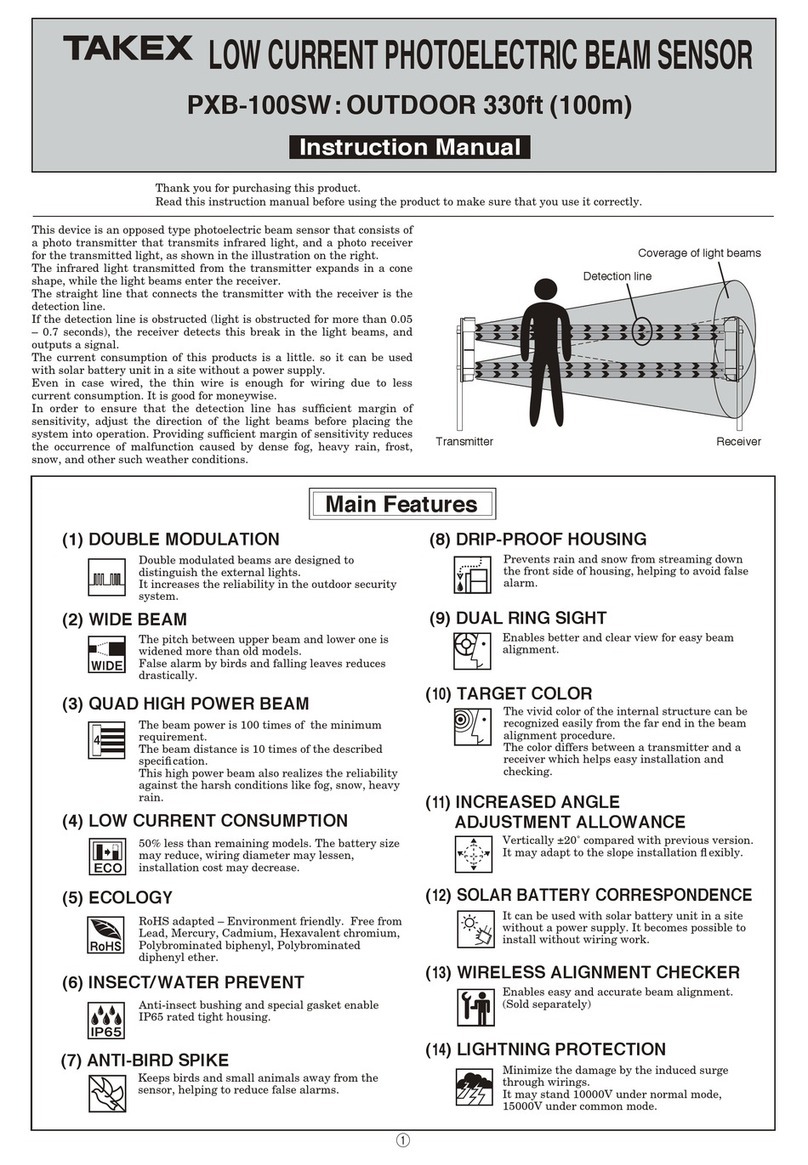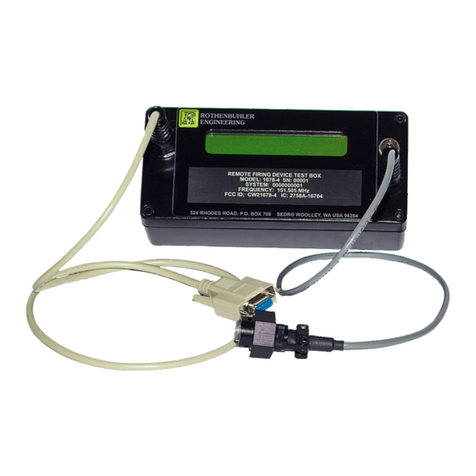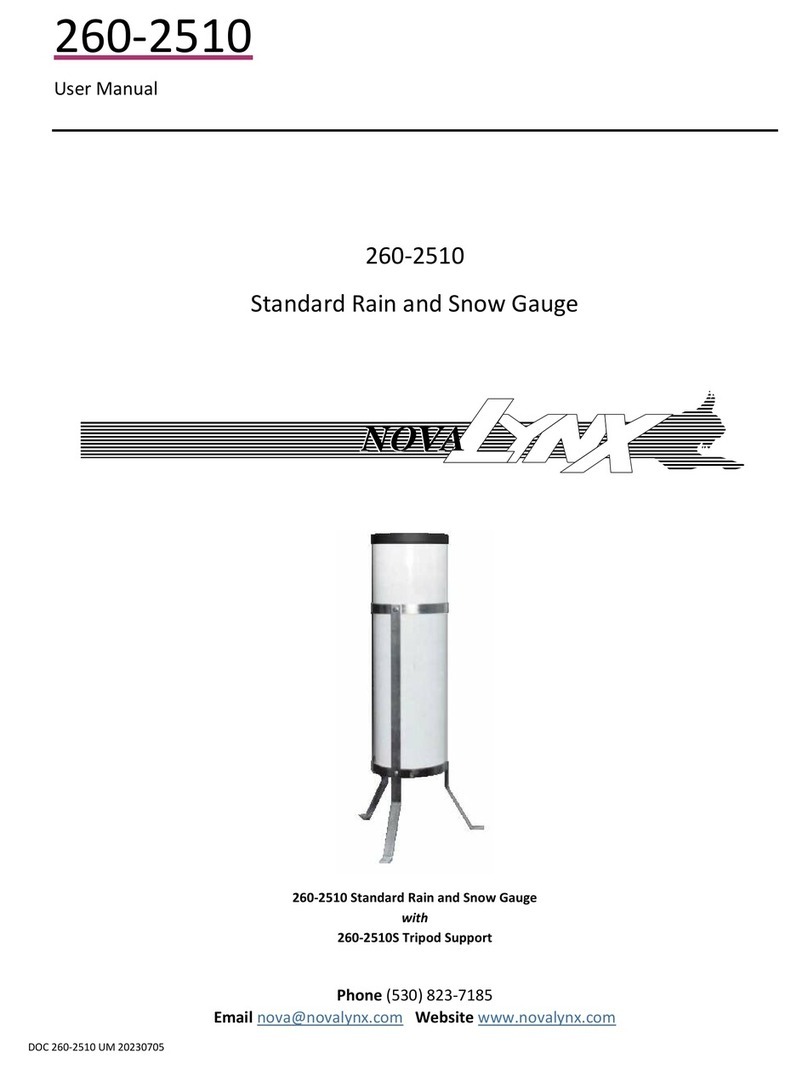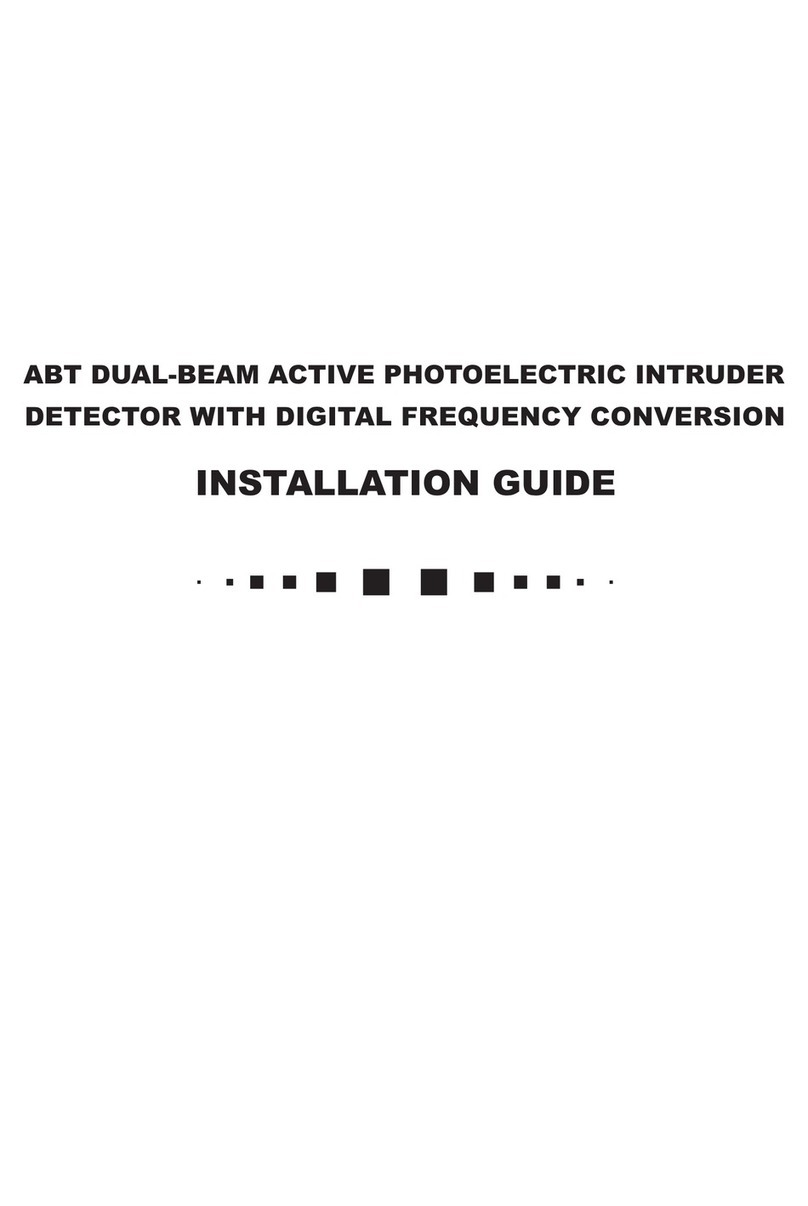
HPLC
Model 210D
General Information
Short term up/down noise is a function of pump refill. Most other manufacturers smooth data inside detector.
SRI does not, so pump noise is visible. Binary systems are therefore noisier than isocratic systems. PeakSimple’s
smoothing feature can reduce the pump noise so you can more clearly picture your data. Pump noise peaks
are much narrower than data peaks, and do not obscure, esp after smoothing is applied.
Smoothing: Why Use It?
ecnattimsnarT%stinuecnabrosbAsgnidaerlangistlovilliM
%0010 Vm0
%011 Vm0001
%12 Vm0002
%1.03 Vm0003
%10.04 Vm0004
%100.05 Vm0005
Other maufacturers make the conversion from transmittance to absorbance in the hardware. To help keep
products affordable and portable, SRI does the conversion through PeakSimple software. With the UV
detector lamp OFF, the data system signal should be at or very close to zero. Click on the Auto Zero button on
the channel 1 chromatogram window to zero the signal at 0% transmittance (0%T). Turn ON the UV lamp
switch. The signal should jump to 3-6mV. This signal is 100% transmittance, or 0 absorbance units. Click on
the Zero 100 button to zero the signal with just the solvent flowing (this is 100% transmission). Keep in mind
that light absorbance is exponential. For example, twice as much toluene does not equal twice as much
absorbance. See the conversion chart below:
Absorbance VS Transmittance
To smooth data, open the chromatogram of your choice in channel 1.
Any channel will work, this is just an example. Open the Data smoothing
window by clicking on the Edit pull-down menu, and choosing
Smoothing... Specify the source channel (the channel in which your
chromatogram is open), then specify the channel in which you want the
smoothed chromatogram to display. Even if you have a single channel
data system, PeakSimple gives you 6 channel screens in which you can
open, compare, and edit your chromatograms. Next, choose one of the
three available smoothing methods by clicking in the radio button beside
it. If you choose Savitzky-Golay, enter the order. Type in the desired
filter width and iterations (you may need to experiment to find the best
combination for your data). Click the Apply button, and your smoothed
chromatogram will appear in the destination channel you designated.












